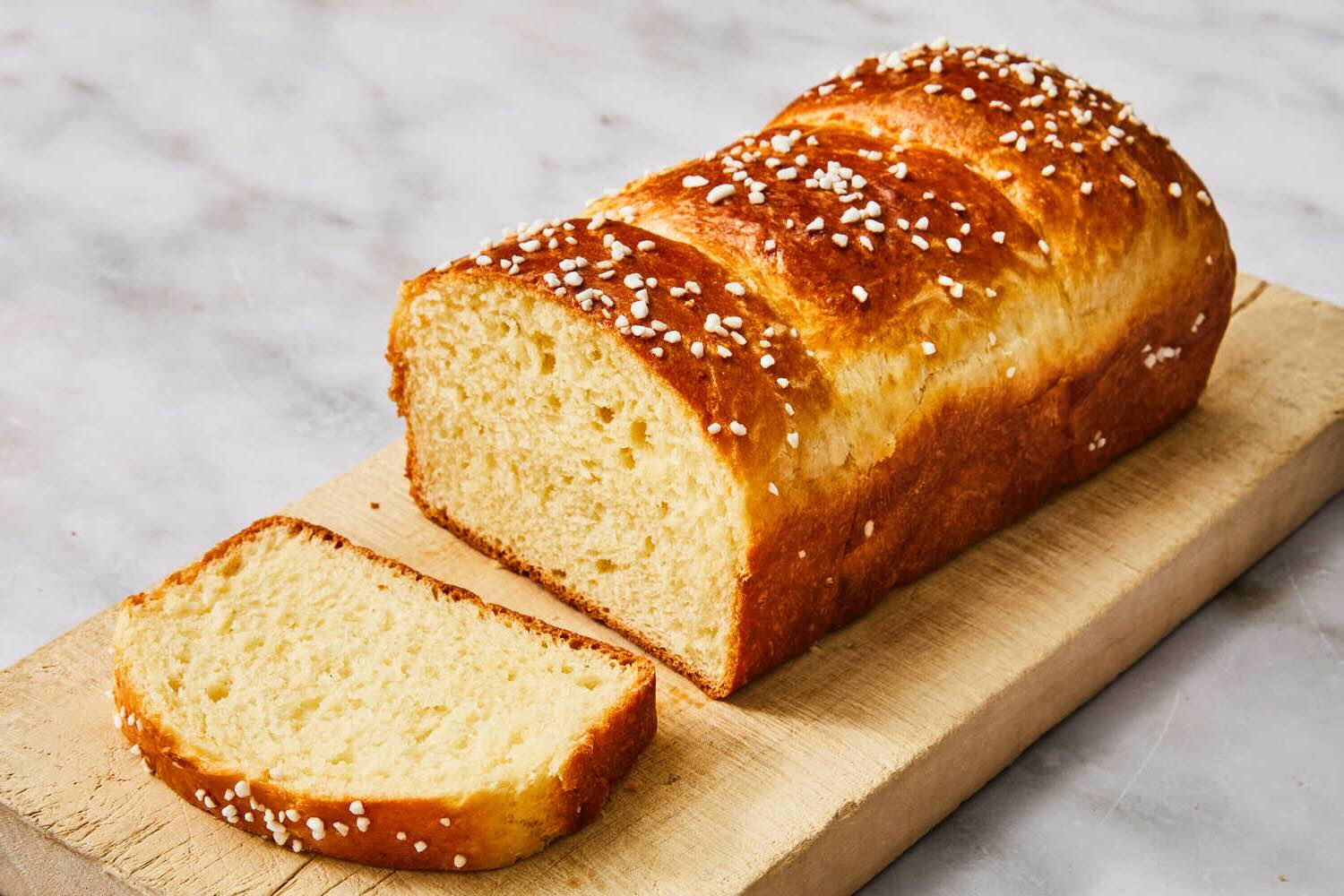
Brioche is a type of bread that has captured the hearts of many with its rich, buttery flavor and soft, fluffy texture. Originating from France, this delightful bread has become a staple in bakeries and homes worldwide. But what makes brioche so special? Brioche stands out due to its high butter and egg content, giving it a unique taste and texture that sets it apart from other breads. Whether enjoyed as a simple slice with jam, used in gourmet sandwiches, or transformed into decadent French toast, brioche offers a versatile and delicious option for any meal. Dive into these 28 fascinating facts about brioche to learn more about its history, preparation, and various uses.
What is Brioche?
Brioche is a type of bread that has a rich, tender crumb. It’s often enjoyed as a breakfast treat or used in gourmet sandwiches. Let's dive into some fascinating facts about this delicious bread.
-
Brioche originated in France and has been a staple in French bakeries for centuries.
-
This bread is known for its high butter and egg content, which gives it a rich flavor and soft texture.
-
The name "brioche" comes from the Old French word "brier," meaning to knead.
Ingredients and Preparation
Understanding the ingredients and preparation methods can help appreciate brioche even more.
-
Traditional brioche dough includes flour, eggs, butter, sugar, yeast, and salt.
-
The dough requires a long kneading process to develop its unique texture.
-
After kneading, the dough must rise twice—once after mixing and again after shaping.
Varieties of Brioche
Brioche comes in many forms, each with its own unique twist.
-
Brioche Nanterre is a classic loaf shape, baked in a rectangular pan.
-
Brioche à tête features a small ball of dough on top, resembling a head.
-
Brioche Vendéenne is a regional variety from Vendée, often flavored with orange blossom water.
Culinary Uses
Brioche isn't just for breakfast; it has many culinary applications.
-
Brioche makes an excellent base for French toast due to its absorbent texture.
-
It’s often used in gourmet burgers, adding a touch of luxury to the dish.
-
Brioche can be filled with sweet or savory ingredients, such as chocolate or ham and cheese.
Nutritional Information
While delicious, it's good to know what you're consuming.
-
Brioche is calorie-dense due to its high butter and sugar content.
-
One slice of brioche can contain around 150-200 calories.
-
Despite its richness, brioche provides essential nutrients like protein and vitamins from eggs and butter.
Historical Significance
Brioche has played a role in history and culture.
-
Marie Antoinette is often (incorrectly) credited with saying, "Let them eat cake," referring to brioche.
-
In 18th-century France, brioche was considered a luxury item, often reserved for the wealthy.
-
Brioche has been mentioned in various literary works, highlighting its cultural significance.
Fun Facts
Here are some fun tidbits that make brioche even more interesting.
-
Brioche dough can be used to make sweet rolls, known as "brioche rolls."
-
Some bakers add fruit or chocolate chips to the dough for extra flavor.
-
Brioche can be made into a braided loaf, adding visual appeal.
Baking Tips
Want to try making brioche at home? Here are some tips.
-
Use high-quality butter for the best flavor and texture.
-
Allow the dough to rise in a warm, draft-free area for optimal results.
-
Don’t rush the kneading process; it’s crucial for developing the dough’s structure.
Global Influence
Brioche has inspired similar breads around the world.
-
In Italy, a similar bread called "panettone" is popular during Christmas.
-
The Jewish challah bread shares similarities with brioche, especially in its enriched dough.
-
In Japan, "shokupan" or milk bread has a texture and flavor reminiscent of brioche.
Modern Twists
Bakers today are getting creative with brioche.
- Some modern recipes incorporate unique ingredients like matcha or activated charcoal for a contemporary twist.
The Sweet Finish
Brioche isn't just bread; it's a delightful blend of history, culture, and flavor. From its rich origins in France to its modern-day variations, brioche has captured hearts and taste buds worldwide. Whether enjoyed as a simple breakfast roll, a decadent dessert, or a savory sandwich, this versatile bread brings a touch of elegance to any meal.
Remember, the secret to perfect brioche lies in its ingredients and technique. High-quality butter, fresh eggs, and patience during the kneading and rising process make all the difference. So next time you bite into that soft, buttery goodness, you'll appreciate the craftsmanship behind every loaf.
Brioche's journey from royal courts to our kitchens is a testament to its timeless appeal. So go ahead, indulge in a slice (or two), and savor the rich history and flavor packed into every bite.
Was this page helpful?
Our commitment to delivering trustworthy and engaging content is at the heart of what we do. Each fact on our site is contributed by real users like you, bringing a wealth of diverse insights and information. To ensure the highest standards of accuracy and reliability, our dedicated editors meticulously review each submission. This process guarantees that the facts we share are not only fascinating but also credible. Trust in our commitment to quality and authenticity as you explore and learn with us.
